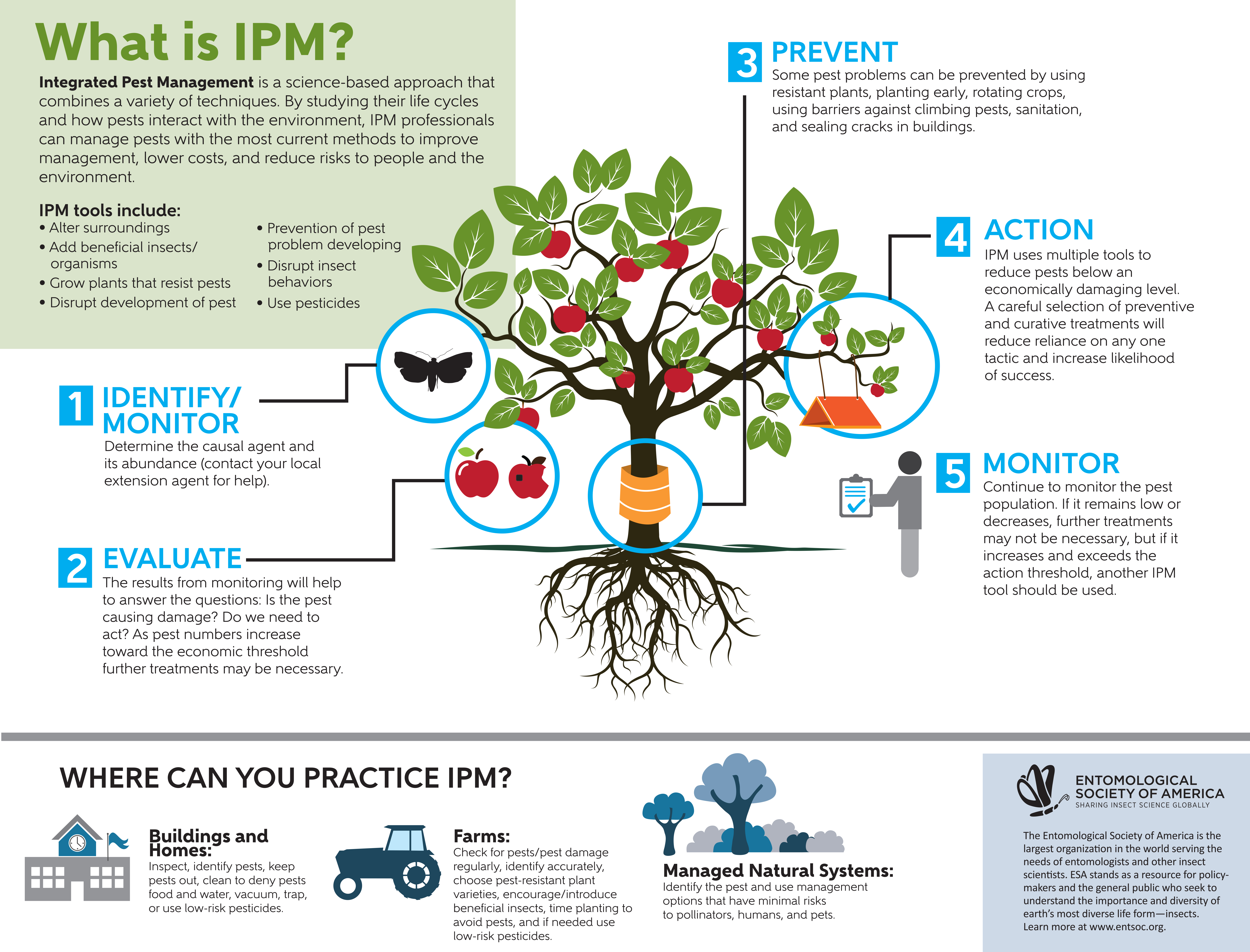Insights From Specialists On Rodent Actions For Effective Pest Control
Insights From Specialists On Rodent Actions For Effective Pest Control
Blog Article
Article Created By-Gravgaard Odonnell
Think of being able to expect the relocations of your opponents in a video game of chess, always remaining one step ahead.
On the planet of pest control, comprehending rodent habits resembles having that strategic advantage. By gaining expert insights right into the nesting routines, feeding patterns, and communication and social habits of rodents, you can properly battle these pesky animals.
Yet how exactly do termite infestation cost act, and why is it important to recognize? In this conversation, we will certainly decipher the secrets of rodent behavior, providing you with beneficial knowledge that will certainly aid you remain ahead in the fight against parasites.
Are you prepared to uncover the tricks of these shrewd creatures?
Nesting Habits
To understand rodent habits and efficiently control pests, it is very important to acquire understanding into their nesting habits.
Rodents, such as mice and rats, have an all-natural reaction to find shelter and develop nests where they really feel risk-free and safe. These nests function as their homes, reproducing premises, and storage areas for food. Recognizing their nesting behaviors can help you determine prospective areas of invasion and apply targeted control actions.
Rodents usually prefer nesting in dark, secluded areas, such as attics, basements, crawl spaces, and wall surface spaces. They make use of materials like shredded paper, textile, insulation, and also chewed-up electrical cables to develop their nests.
Feeding Patterns
Rodents show distinctive feeding patterns that play an essential role in their actions and can notify efficient bug control strategies. Recognizing these patterns is vital for executing effective parasite control measures.
Rodents are opportunistic feeders, suggesting they'll eat whatever food is conveniently available. They've a preference for high-calorie foods such as grains, nuts, and seeds. This is why correct storage space of food and waste management are important in avoiding rodent problems.
In addition, rodents are nighttime, which indicates they're most energetic during the night when they look for food. By understanding their feeding patterns, you can purposefully put catches and lures to optimize their efficiency.
Maintaining food resources hard to reach and keeping a clean environment can aid deter rodents and minimize the danger of problem.
Communication and Social Actions
Comprehending just how rats connect and engage socially is essential for reliable parasite control techniques. Rats, like mice and rats, have intricate communication systems that they make use of to share details to every various other and coordinate their tasks. Below are 3 crucial elements of rodent interaction and social behavior:
1. Vocalizations: Rodents generate a wide variety of vocal audios, consisting of squeaks, tweets, and chattering, to connect with each other. These articulations can communicate various messages, such as danger warnings or mating calls.
2. Scent noting: Rodents utilize scent glands to leave chemical signals on things and in their atmosphere. These scent marks act as territorial limits and interact info concerning reproductive condition, prominence, and social affiliation.
3. Social hierarchy: Rodents have an ordered social structure, with leading people having accessibility to sources and liked nesting websites. Recognizing this power structure is necessary for targeting bug control initiatives and determining vital individuals for removal.
carpenter ant exterminator near me , there you have it - a quick glance into the remarkable world of rodent actions. By understanding their nesting habits, feeding patterns, and communication, we can much better tackle the issue of bug control.
Did you recognize that a female computer mouse can produce up to 10 litters per year, with each clutter consisting of around 5-6 puppies? roof rat removal of timely and efficient bug monitoring to prevent rodent populations from spiraling out of control.
